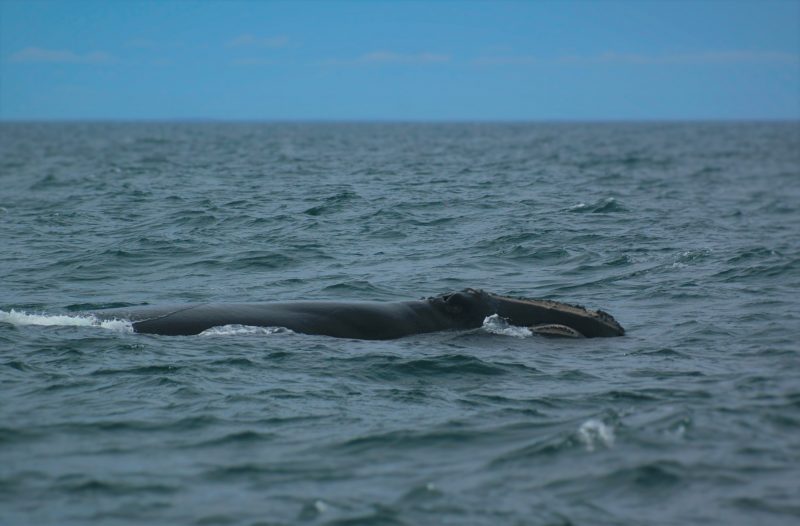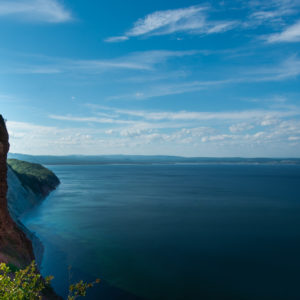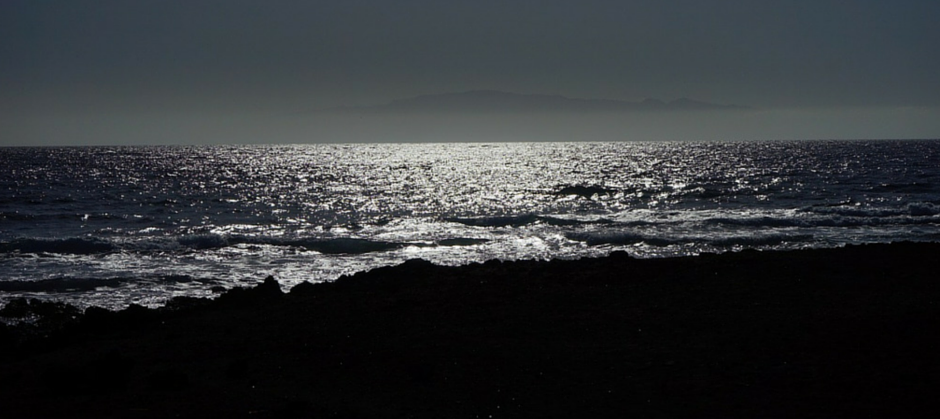The Right Approach: Conservation of North Atlantic Right Whales at Risk

Sean Feagan, Guest Blogger
This blog is written by guest blogger Sean Feagan.
The death of 13 North Atlantic Right Whales this summer, including 10 in the Gulf of St. Lawrence, has raised widespread concern among conservationists. The persistence of the species may be compromised if this mortality rate continues, as it is highly imperiled, with a total population of around just 500 individuals. While the formal investigation into these mortality events has yet to be completed, evidence suggests the majority of the whales died in collisions with ships travelling through the busy Gulf of St. Lawrence shipping corridor, as well as possible entanglement with fishing gear.
There is plenty of room for doom and gloom in conservation, especially for highly imperiled species such as the North Atlantic Right Whale. However, here are a few reasons for hope, in an otherwise disheartening situation:
- Incredibly dedicated and passionate people are on the case. As whales are beautiful and charismatic megafauna, they have many admirers. This includes the many scientists and policy makers trying to understand and reverse this problem, across Canadian federal agencies (e.g. Department of Fisheries and Oceans, Environment and Climate Change Canada Transport Canada), provincial governments, Universities (e.g. Dalhousie University, Université de Montreal), and NGOs.
-

North Atlantic Right Whale. Photo by Alan Woodhouse
The threats are not new. The impact of collisions and entanglement on the North Atlantic Right Whale have been known for some time, and there is no evidence to suggest the large number of deaths this year are from a new factor. These mortality events are likely not caused by some novel threat, such as white-nosed symptom, which is now threatening many bat species.
- Detailed conservation planning for the species is underway. The North Atlantic Right Whale is protected under the Canada’s Species at Risk Act (SARA), listed as Endangered. As per the requirements of SARA, a Recovery Strategy (2014), and Action Plan (2016, proposed), have been produced for the conservation and recovery of the species in Canada. These plans are evidence-based, concerted efforts to curtail threats to the species.
- Right Whale deaths this year aside, the population is the largest it has been for perhaps over a century and has been growing. The Right Whale population can’t afford to lose a dozen individuals in a season. That being said, the population estimate has increased from 322 adults in 2003, to 396 adults in 2007, to 449 adults in 2010 (COSEWIC 2014, pp. 26), and is now estimated at around 500.
- New technology is being implemented to better understand and protect the population. Researchers from Dalhousie University and the Ocean Tracking Network, as part of the Whales, Habitat and Listening Experiment (WHaLE) Project, have deployed autonomous underwater robots which drift throughout the ocean and measure water parameters, estimates of microorganism abundance, and record whale songs. These data are transmitted via satellite in real time, to inform researchers about the distribution of whales and information about their habitat. Click here to check out data from this initiative!
- Action has been taken: A speed reduction area has been implemented, an approach which has worked previously in other areas. On August 11th, the Canadian Coast Guard issued a Notice to Shipping instructing all vessels over 65 feet to not exceed 10 knots within a defined area in the Gulf of St. Lawrence. Seasonal speed restrictions have been enacted in U.S. waters throughout the Northern Right Whale Range, and have been effective in limiting collision mortality. Entanglement with fishing gear remains a large source of mortality, and to partially address this issue, the DFO has closed a large snow crab fishery early for the season.
While the number of deaths this summer has been sad and alarming, all is not lost for the species.



